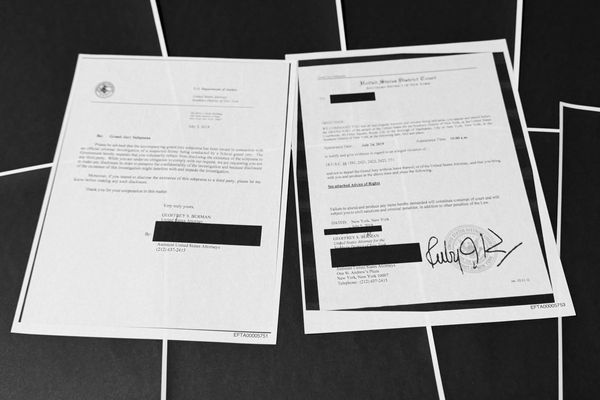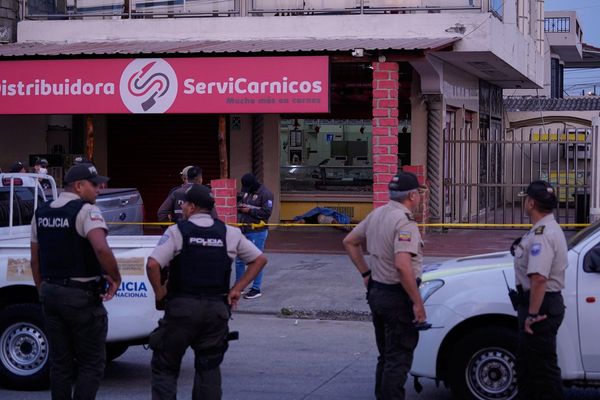
Sitting riverside among the colourful flowers of the Jardins des Lumières, between the River Garonne and Place de la Bourse, it’s easy to appreciate the lure of Bordeaux. The Miroir d’eau (a large 2cm-deep pool) reflecting passing clouds and the monumental symmetry of Bordeaux’s grand cream-stone buildings is every photographer’s dream, as indeed it is for the children splashing about, playing amid its spurting water jets.
It’s a fine place to begin a visit to Bordeaux and gain some perspective of this magnificent city – the most extensive urban environment in the world to be recognised by Unesco as a world heritage site. Bordeaux’s city centre is a heady mix of “old” (in the days when Eleanor of Aquitaine would bind Bordeaux and Aquitaine to the English crown) and “new”. New, that is, for those fortunate to be in Bordeaux during the 18th century, when grand neoclassical buildings, wide boulevards, and elegant squares transformed the city.
My pick of cafes for breakfast is La Belle Époque, on Quai Louis XVIII, which celebrates a later era. Look up at the ceiling while sipping on your morning coffee to enjoy the building’s period ornamentation.
Visit the Miroir d’eau, a reflecting pool located across from Place de la Bourse; enjoy the ornate decor of La Belle Époque; see the city from street level on a guided walking tour. Photographs: Steve Le Clech Photos; Alamy; Teddy Vernuil
Bordeaux is so crammed with architectural beauty that it’s worth joining a guided walking tour that points out the incontournables (unmissable), starting at the tourist information centre. Then hop on board the BAT (Bato) river taxi at Quinconces Jean-Jaurès (beside the Jardins des Lumières) for a gentle boat trip to Les Hangars, from where you can take a scenic 20-minute walk along the Garonne to the Cité du Vin to view Bordeaux’s modern-day architecture. Its rooftop restaurant offers one of the best views for an all-encompassing sight of Bordeaux.
From here, it’s a five-minute walk to Bassin des Lumières, the world’s largest digital art centre. Sit back and allow the sound and light show to wash over you, or wander through its ever-changing 3D scenes. Exhibitions include a colourful deep dive into the civilisation and mythology of the ancient Egyptians.
Cité du Vin’s rooftop restaurant offers stunning views of Bordeaux; Bassin des Lumières is the world’s largest digital art centre. Photographs: Alamy; Vincent Bengold; Culturespaces/Vincent Pinson
When you arrive back at the Quinconces Jean-Jaurès landing stage with a return river taxi you’ll be brought up to date, culturally, with a visit to the CAPC Bordeaux Contemporary Art Museum.
While Bordeaux’s Cité du Vin is a savvy visitor attraction promoting wine from around the world, you might opt for a more intimate experience. Head south-east from the city centre to La Sauve and its House of Wines of Entre-deux-Mers, where you can taste the local wines of this specific AOC (Appellation d’origine contrôlée) region in the 11th-century Abbey of La Sauve-Majeure.
To the south-west of La Sauve is Beautiran, close to the River Garonne. Here, you can wander the streets of this delightful village. Perhaps stop at charming Villa Maglya to visit the Museum of Techniques to discover the preindustrial heritage and artistry of the area, including highly embellished printed toile fabrics that were manufactured here during the 18th century.
Discover modern art at CAPC Bordeaux Contemporary Art Museum; taste local wines at Abbey of La Sauve-Majeure; walk through enchanting gardens at Château de Vayres. Photographs: Arthur Péquin; Philippe Berthé/Centre des Monuments Nationaux
To the north-east, between Bordeaux and Libourne, is Château de Vayres, once owned by King Henry IV of France. It’s regarded as one of the most beautiful chateaux in Aquitaine. The entrance fee gives you access to the registered historic monument’s interior, with its incredible collection of Aubusson tapestries, and the gardens, designated as one of France’s remarkable gardens, with fine views over the River Dordogne.
You can add another medieval site to your itinerary with a visit to the picturesque towns of Bourg and Blaye. La Citadelle de Blaye, along with the Bolt of Vauban fortifications, is one of a network of major sites designed by Sébastien Le Prestre, Marquis of Vauban. France’s best-known maritime military engineer established this huge defensive system beside the Gironde, Europe’s largest estuary, and there are fabulous panoramas of it from the preserved fortress.
And then, there’s that other mammoth maritime fortress, guarding the mouth of the Gironde estuary, La Phare de Cordouan. At seven storeys high and 68 metres tall, the 400-year-old lighthouse is grand in scale, ornamentation, and presence; latterly nicknamed the Versailles of the Seas, it even has its own chapel and royal apartment. Visits are only possible on a pre-booked boat trip with Vedettes La Bohème from Le Verdon-sur-Mer, at the tip of the Médoc.
La Citadelle de Blaye, a Unesco world heritage site; the tranquil guest houses of Les Villas de la Ville d’Hiver; La Phare de Cordouan, a grand 400-year-old lighthouse. Photographs: Steve Le Clech; Kevin Biette; Getty Images
If all this sightseeing leaves you ready to put your feet up, it’s Arcachon, west of Bordeaux, that you should visit. Under Napoleon III, Arcachon became a popular, upmarket coastal health resort, and the town is filled with imperial elegance from grand villas along tree-lined avenues, pretty parks, and a selection of excellent restaurants.
From Arcachon’s Sainte-Cécile belvedere (inspired by Gustave Eiffel), is an extensive view over the Bassin d’Arcachon with its sweeping curve lined by sandy beaches – a fine way to conclude your cultural tour of the Bordeaux region.
Bordeaux: where to eat, sleep and visit
Eat …
Cuisine et Dépendance
This restaurant nestled in medieval Bourg has a seasonal menu of authentic French dishes (magret de canard) prepared well – opt for a shady table under the lime tree.
Sleep …
Les Villas de la Ville d’Hiver
These tranquil twin guest houses within the historic Ville d’Hiver quarter of Arcachon are only five minutes’ walk from the beach.
Don’t miss …
European Heritage Days
European Heritage Days across the Bordeaux region in September offer free entry to museums, galleries, and other cultural monuments, plus themed guided tours to discover Bordeaux’s heritage.
If you’d like to discover more on Bordeaux and why sailing to France with Brittany Ferries is the best way to start your holiday, then visit brittany-ferries.co.uk. Set sail from Portsmouth, Poole or Plymouth and enjoy up to seven days in France from just £206, based on a car and two passengers







